Rodrigo Francisquini
Community-based anomaly detection using spectral graph filtering
Jan 24, 2022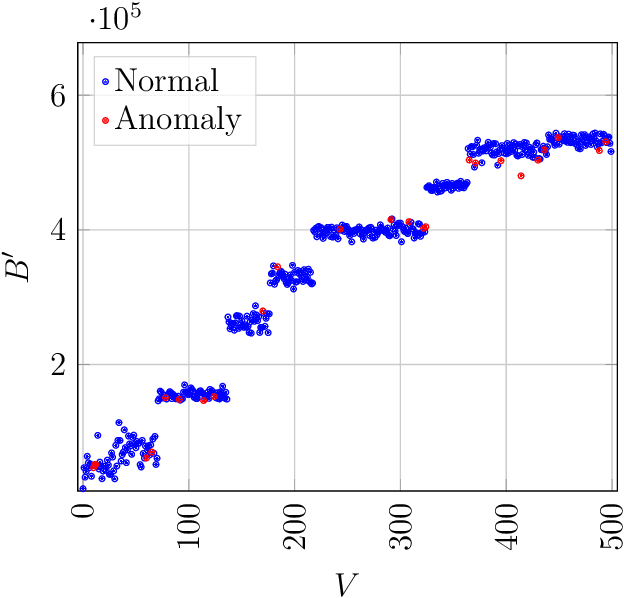
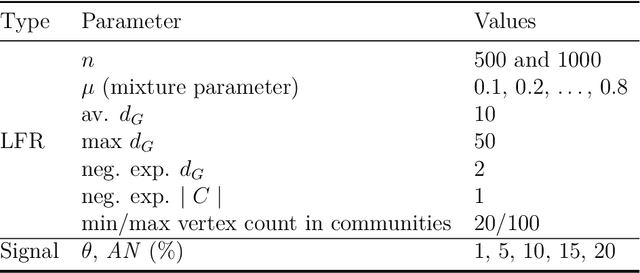
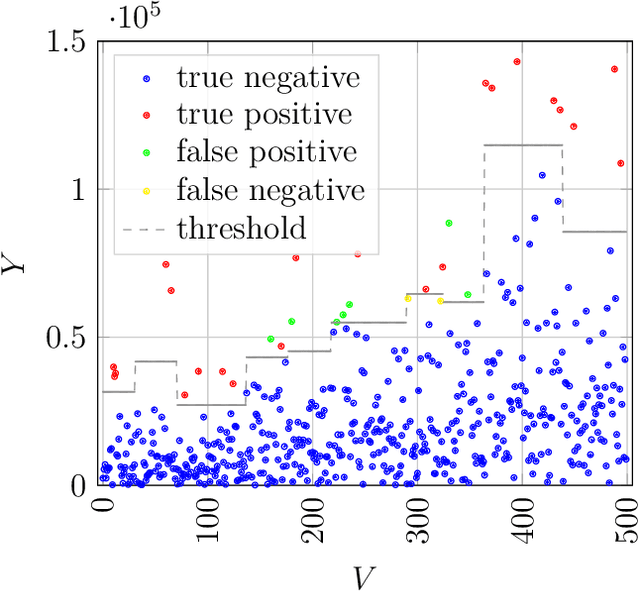
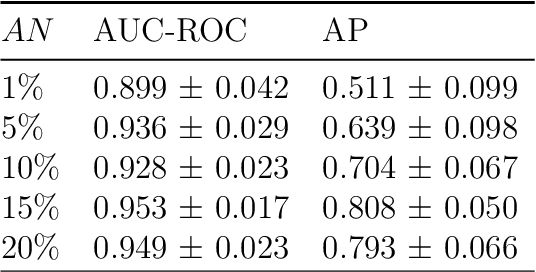
Abstract:Several applications have a community structure where the nodes of the same community share similar attributes. Anomaly or outlier detection in networks is a relevant and widely studied research topic with applications in various domains. Despite a significant amount of anomaly detection frameworks, there is a dearth on the literature of methods that consider both attributed graphs and the community structure of the networks. This paper proposes a community-based anomaly detection algorithm using a spectral graph-based filter that includes the network community structure into the Laplacian matrix adopted as the basis for the Fourier transform. In addition, the choice of the cutoff frequency of the filter considers the number of communities found. In computational experiments, the proposed strategy, called SpecF, showed an outstanding performance in successfully identifying even discrete anomalies. SpecF is better than a baseline disregarding the community structure, especially for networks with a higher community overlapping. Additionally, we present a case study to validate the proposed method to study the dissemination of COVID-19 in the different districts of S\~ao Jos\'e dos Campos, Brazil.
Meteorological and human mobility data on predicting COVID-19 cases by a novel hybrid decomposition method with anomaly detection analysis: a case study in the capitals of Brazil
May 10, 2021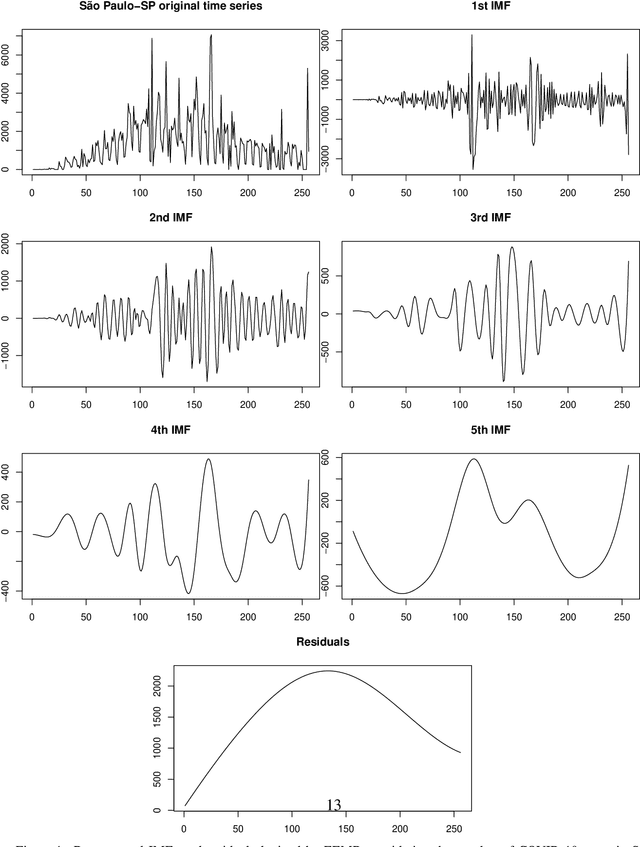
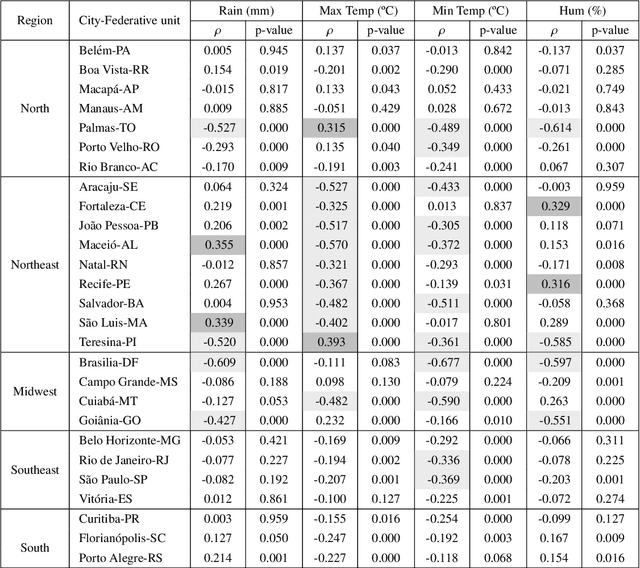
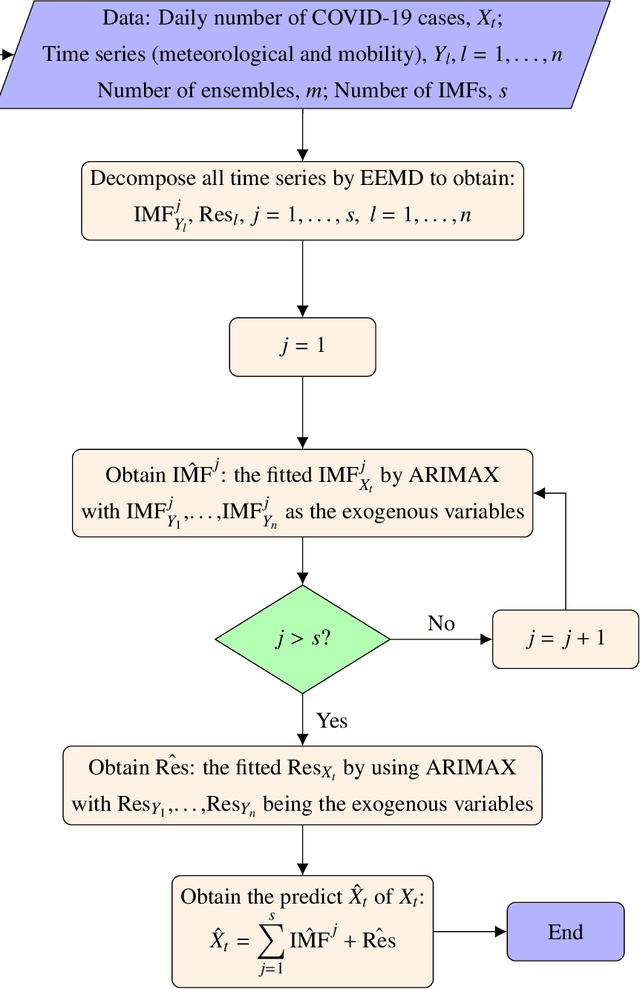
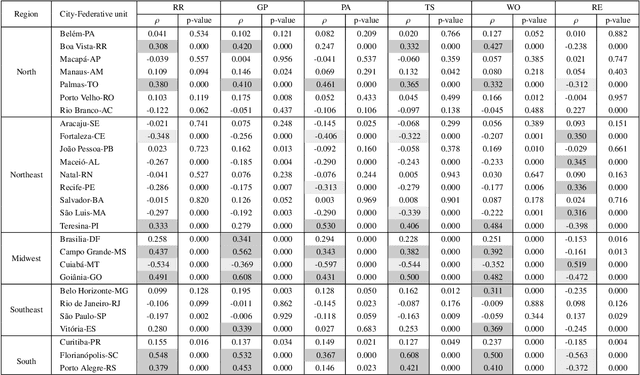
Abstract:In 2020, Brazil was the leading country in COVID-19 cases in Latin America, and capital cities were the most severely affected by the outbreak. Climates vary in Brazil due to the territorial extension of the country, its relief, geography, and other factors. Since the most common COVID-19 symptoms are related to the respiratory system, many researchers have studied the correlation between the number of COVID-19 cases with meteorological variables like temperature, humidity, rainfall, etc. Also, due to its high transmission rate, some researchers have analyzed the impact of human mobility on the dynamics of COVID-19 transmission. There is a dearth of literature that considers these two variables when predicting the spread of COVID-19 cases. In this paper, we analyzed the correlation between the number of COVID-19 cases and human mobility, and meteorological data in Brazilian capitals. We found that the correlation between such variables depends on the regions where the cities are located. We employed the variables with a significant correlation with COVID-19 cases to predict the number of COVID-19 infections in all Brazilian capitals and proposed a prediction method combining the Ensemble Empirical Mode Decomposition (EEMD) method with the Autoregressive Integrated Moving Average Exogenous inputs (ARIMAX) method, which we called EEMD-ARIMAX. After analyzing the results poor predictions were further investigated using a signal processing-based anomaly detection method. Computational tests showed that EEMD-ARIMAX achieved a forecast 26.73% better than ARIMAX. Moreover, an improvement of 30.69% in the average root mean squared error (RMSE) was noticed when applying the EEMD-ARIMAX method to the data normalized after the anomaly detection.
 Add to Chrome
Add to Chrome Add to Firefox
Add to Firefox Add to Edge
Add to Edge